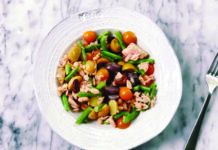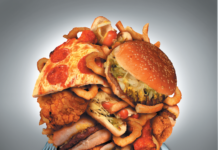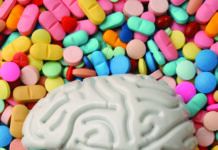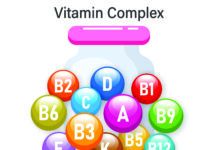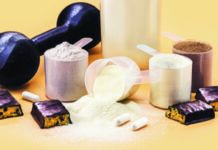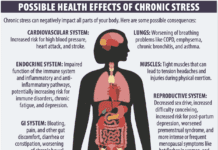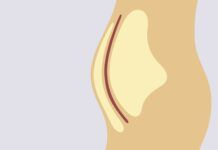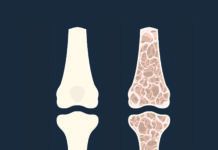A. Helen Rasmussen, PhD, a senior research dietitian in the Metabolic Research Unit at the HNRCA, answers: “The soluble fiber in many fruits, vegetables, and grains—called soluble because it dissolves in water—is known to slightly lower blood levels of “bad” LDL cholesterol.
“Normally, the liver uses cholesterol to make bile acid, which helps to break down dietary fats in the small intestine. After the bile is finished doing its job, the body recycles it. However, soluble fiber prevents bile from being recycled. In response, the liver grabs more cholesterol from the bloodstream and uses it to make bile.
“Studies suggest that soluble fiber can lower LDL cholesterol slightly. According to one study, adding 3 grams of soluble fiber from oats(3 servings of oatmeal, 28 grams each) to your diet can reduce your cholesterol by a few points—for example, from 100 to 97 milligrams per deciliter.So, if your LDL is significantly elevated, fiber alone won’t solve the problem.
“But fiber is important for other reasons. Whole foods that people eat to get fiber are also nutritious in other ways. The benefits include increased insulin sensitivity and lower triglycerides.
“You can get fiber from a variety of whole foods and grains. For example, an apple, a half-cup of cooked carrots or broccoli, two slices of whole grain bread, or a half-cup serving of whole-grain breakfast cereal or cooked oatmeal all provide 1 gram of soluble fiber.”


